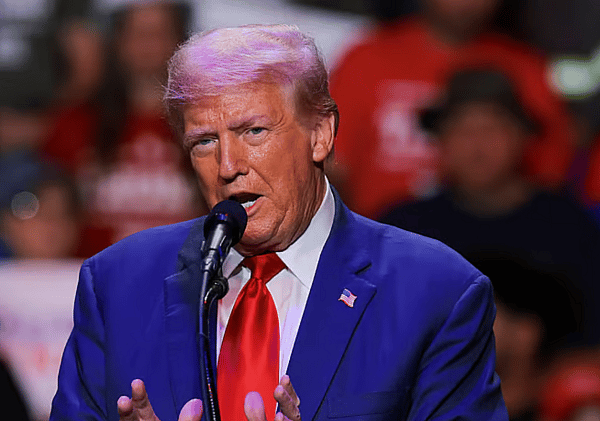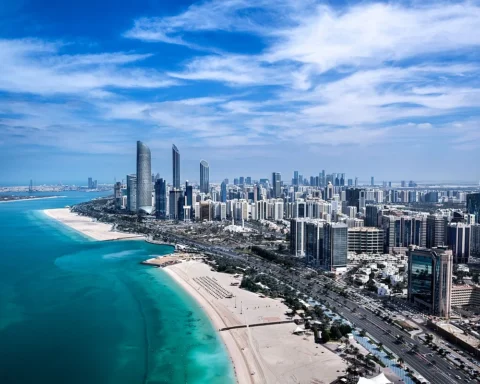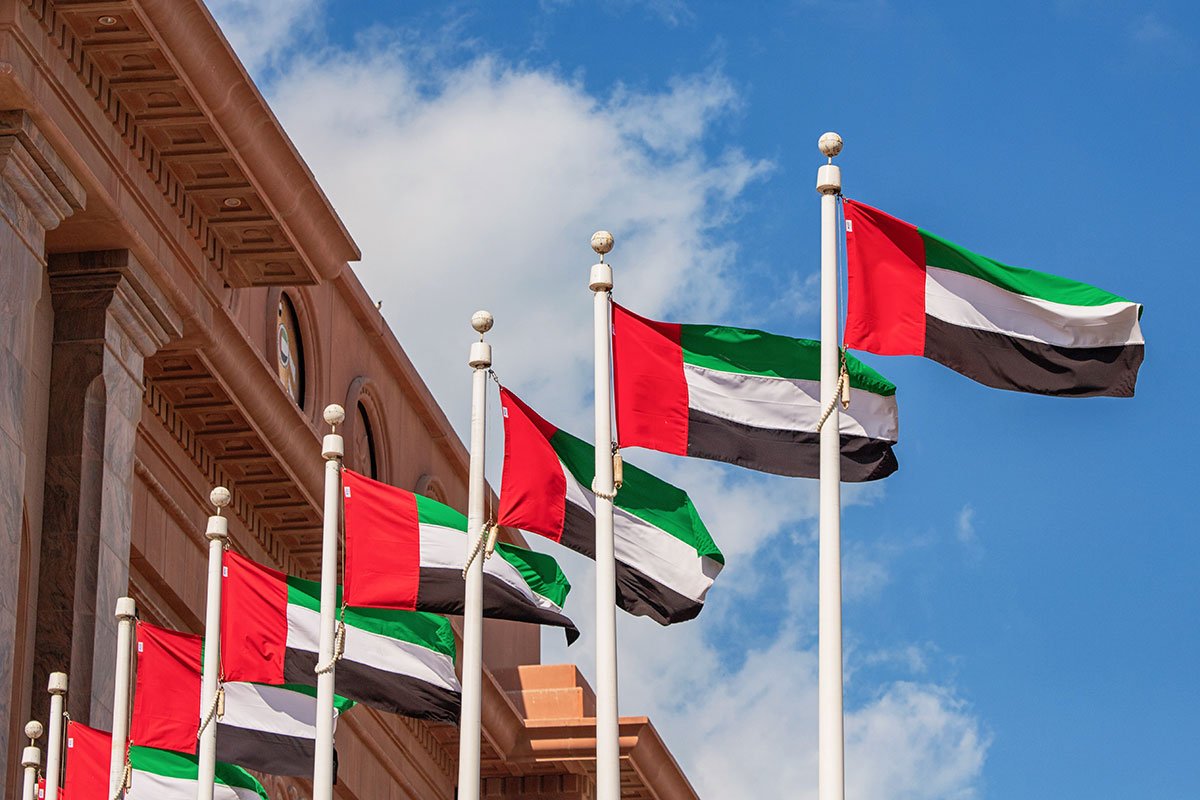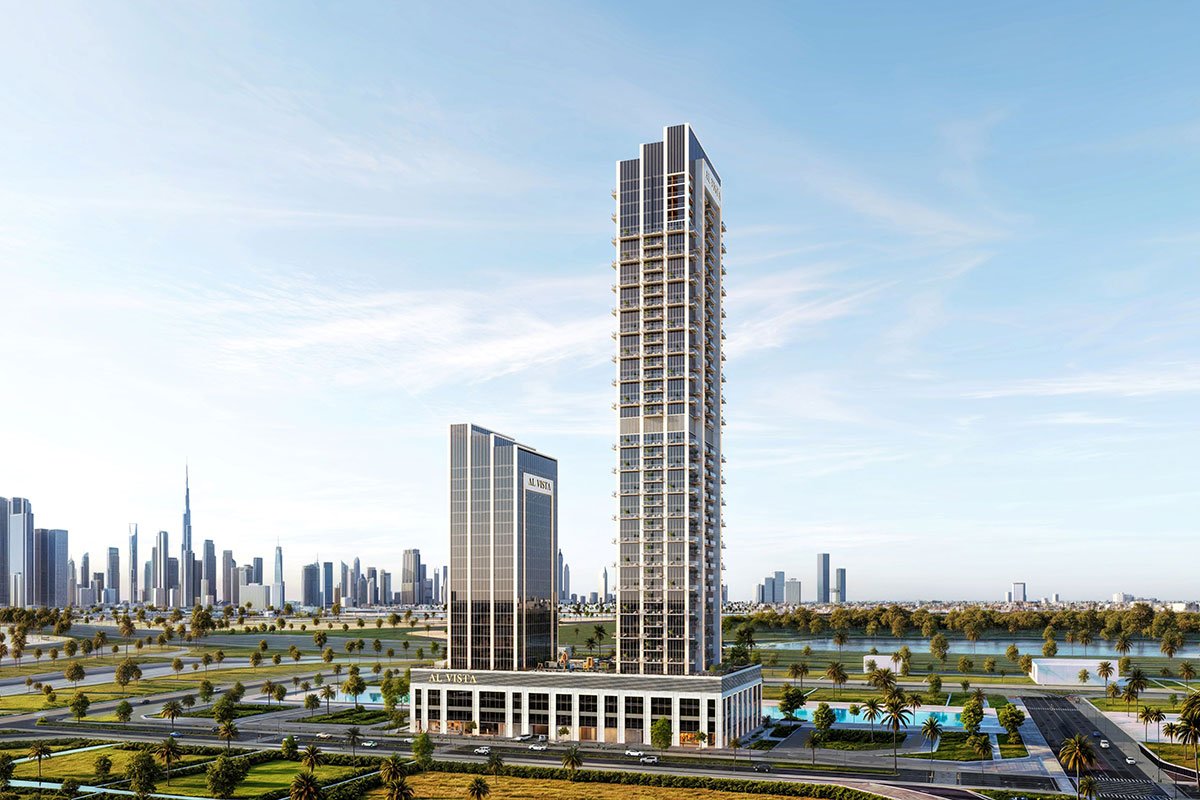
Trump Unleashes Sweeping Tariff Hikes on Dozens of Countries in Major Trade Overhaul
New executive order imposes tariffs ranging from 10% to 41%, targeting nearly 70 economies—signaling a return to aggressive protectionism with global economic implications.
by Allen Cot

In a dramatic escalation of his economic nationalist agenda, former U.S. President Donald Trump has signed an executive order reimposing tariffs on dozens of countries, with rates ranging from 10% to a steep 41%, in a move poised to redefine the global trade landscape.
Although the tariffs were initially slated to take effect immediately, the White House announced a one-week delay, signaling a narrow window for further negotiations with affected trading partners. Despite the pause, the order reflects Trump’s longstanding belief in tariffs as a cornerstone strategy to bolster U.S. manufacturing, deter foreign imports, and recalibrate global trade in favor of American exporters.
“The U.S. economy has no chance of survival or success without tariffs,” Trump declared, underscoring his commitment to protectionist economic policies.
A Trade Rulebook Torn Apart
The sweeping order raises duties on nearly 70 trading partners, modifying the 10% baseline tariff first imposed in April 2025 under Trump’s “reciprocal tariffs” framework. Countries now face variable rates, including:
- Switzerland: 39%
- Thailand: 19%
- Taiwan: 20%
- Canada: 35% (under a separate regime)
The move also introduces new 15% tariffs on countries previously untouched by the April measures, including Ecuador, Ghana, and Iceland.
Wendy Cutler, Senior Vice President at the Asia Society Policy Institute, called the order “a demolition of the post-WWII trade rulebook”, adding that it remains uncertain whether global partners can sustain the rules-based trade system without U.S. leadership.
Exemptions, Adjustments, and Frantic Diplomacy
While some countries managed to escape the steepest hikes through last-minute diplomacy, others face significant increases. Vietnam, Japan, South Korea, Indonesia, the Philippines, the European Union, and Britain were among those securing deals to avert higher levies.
In a notable concession, tariffs on Mexican goods were held at 25% following a 90-day reprieve agreed upon during talks with President Claudia Sheinbaum.
Meanwhile, Canada and Mexico—bound by the North American trade pact—face a distinct tariff regime, though Trump’s latest move raised Canada’s base duty to 35%. Transshipped goods from Canada, however, may face even higher punitive duties, particularly after political tensions escalated with Canada’s UN recognition of a Palestinian state.
Inflation Fears and Legal Challenges
While Trump touts surging customs revenues, economists are voicing concerns over inflationary effects. Critics warn the tariffs could exacerbate price pressures, already under scrutiny amid global economic uncertainty.
Legal battles are also intensifying. A lower court has challenged Trump’s use of emergency economic powers, and the U.S. Court of Appeals heard arguments on Thursday questioning the legitimacy of his blanket tariff strategy.
China: A Separate Front
Curiously excluded from the current order is China, with whom the U.S. is navigating a fragile trade truce. Duties on Chinese goods are set to potentially rise again on August 12, unless both countries extend their current temporary tariff reductions.
At the height of their trade war, the U.S. and China levied triple-digit duties on each other’s goods. Although tensions have somewhat eased, Beijing and Washington continue to engage in cautious negotiations.
As Trump doubles down on his protectionist rhetoric and reshapes U.S. trade strategy heading into a pivotal election season, the world watches with caution. Whether these moves strengthen American industry or usher in new waves of economic disruption remains a defining question of the global economic order in 2025.
Post Views: 873
















